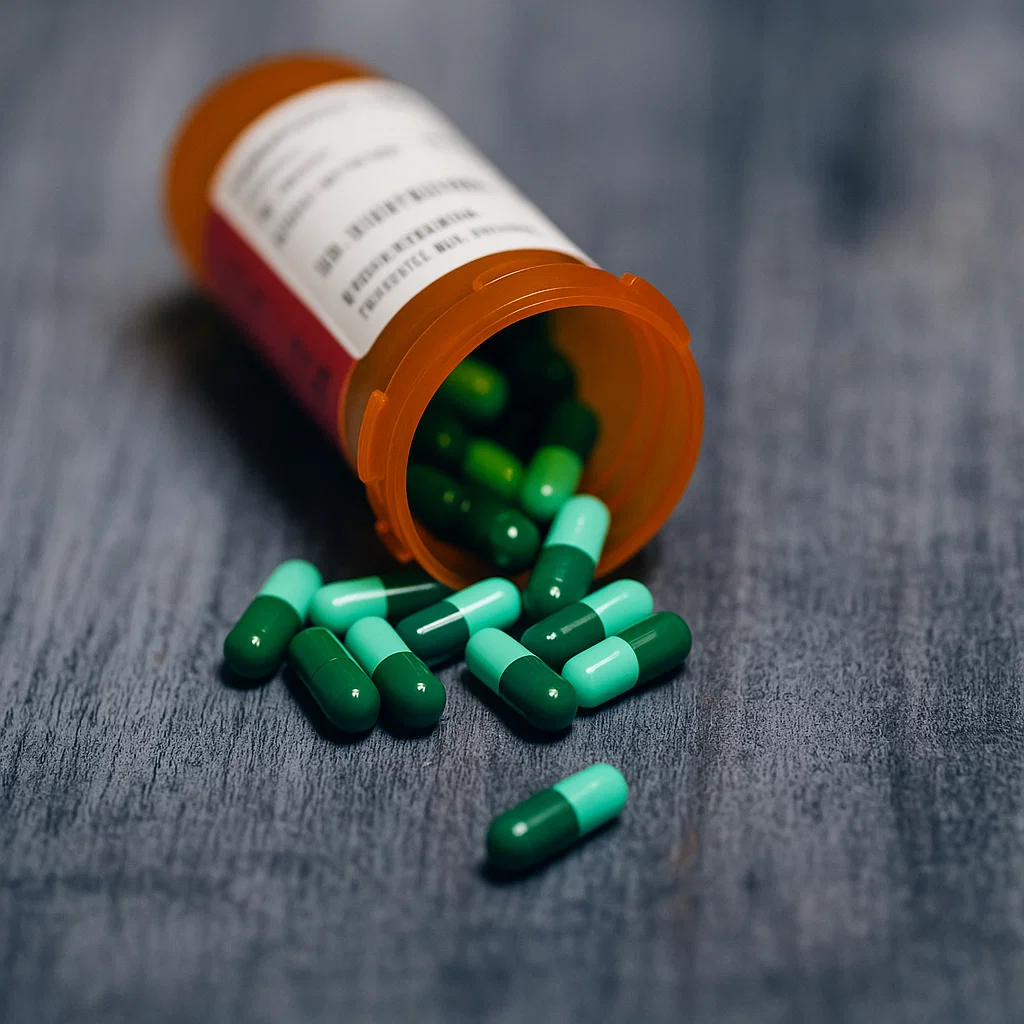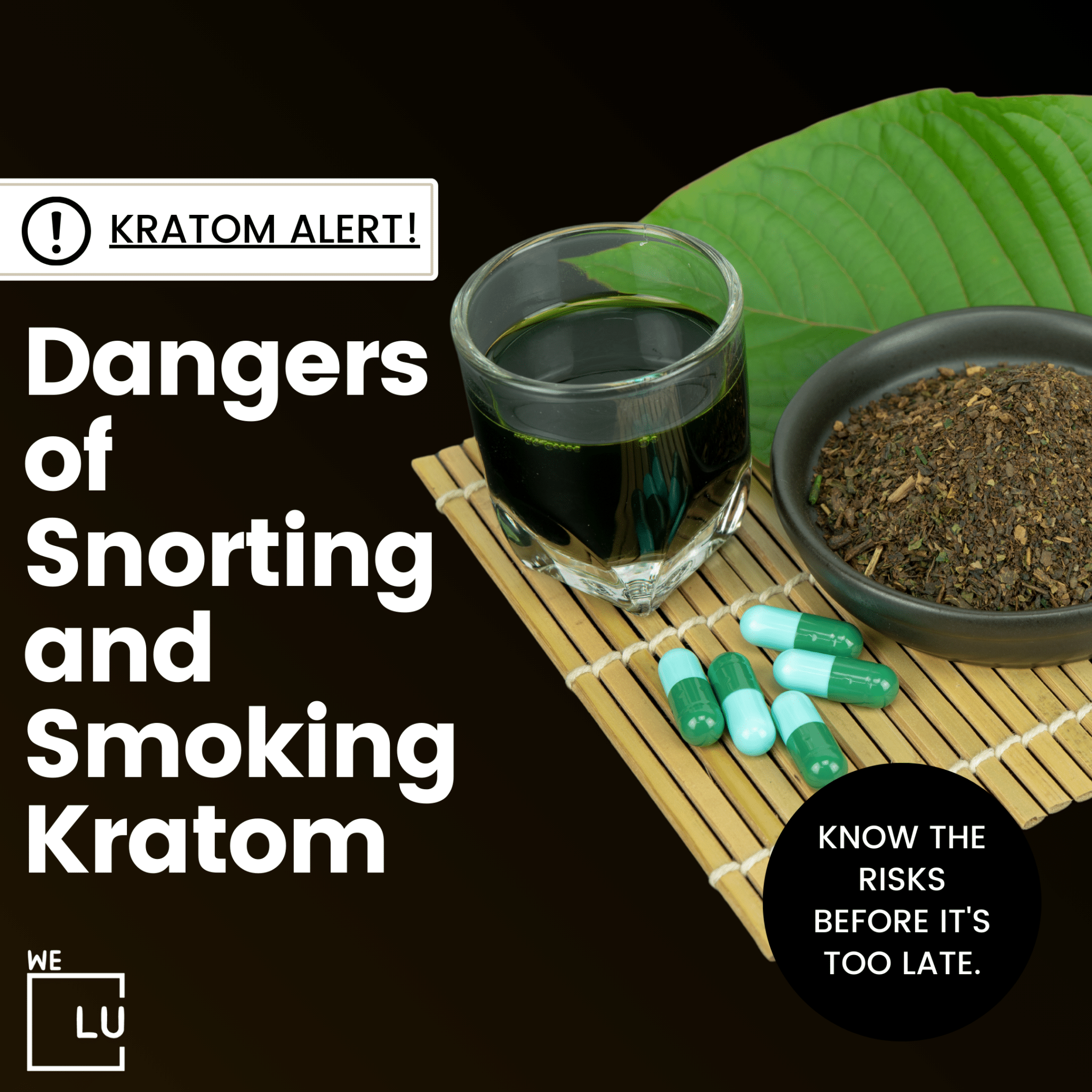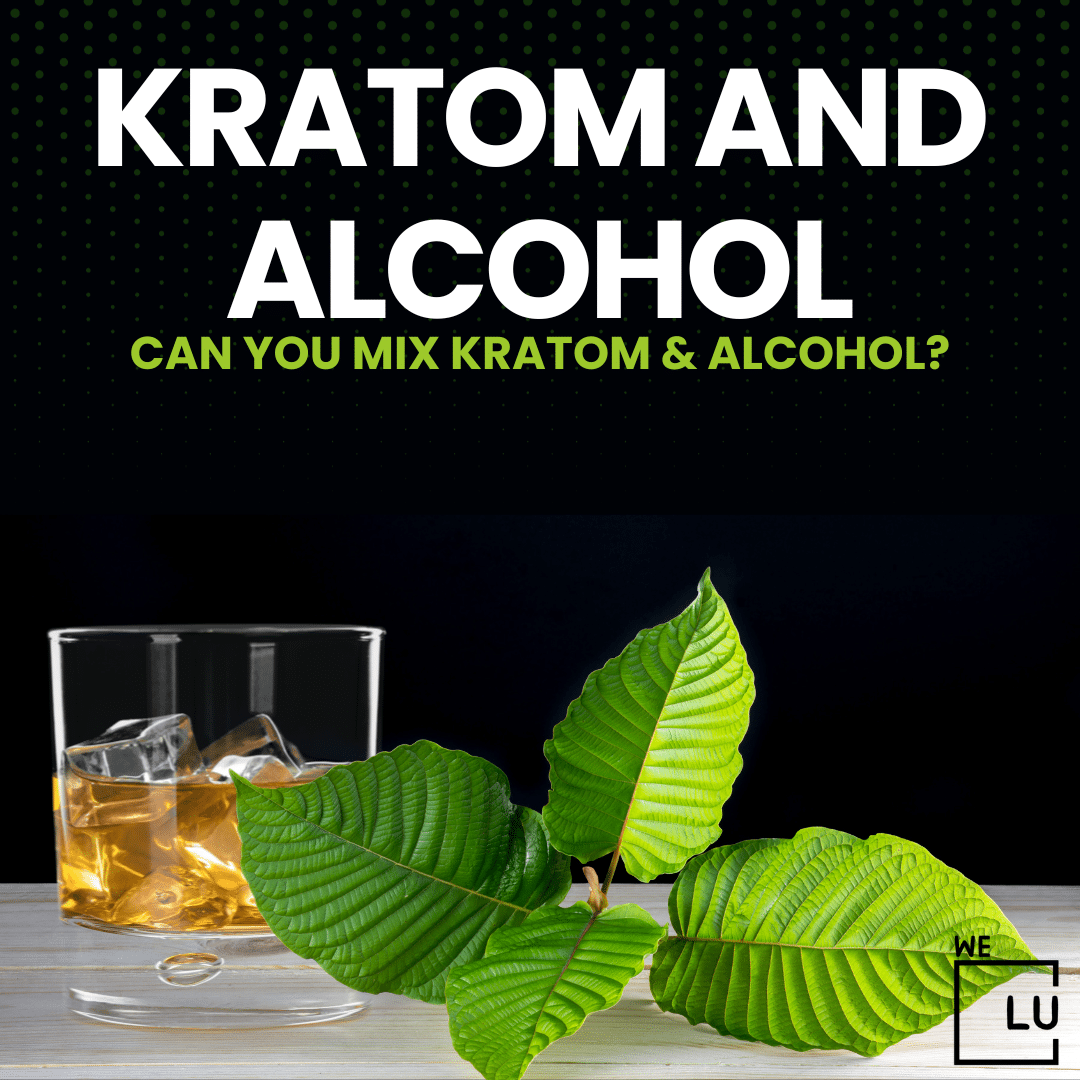What Is Candy Flipping?
Candy flipping is a slang term for the practice of combining two psychoactive substances during a single drug-taking session. Specifically, it refers to the simultaneous use of lysergic acid diethylamide (LSD), a hallucinogenic drug commonly known as acid, and 3,4-methylenedioxymethamphetamine (MDMA), a synthetic drug commonly known as ecstasy or molly.
LSD is a psychedelic that alters perception, mood, and various cognitive processes. MDMA, on the other hand, is a stimulant with hallucinogenic properties that also produces feelings of emotional warmth and increased energy.
When combined, the effects of LSD and MDMA can intensify and complement each other. LSD can enhance sensory experiences and hallucinations, while MDMA can contribute to feelings of euphoria, emotional openness, and increased sociability. Some users believe that the combination results in a unique and synergistic experience, potentially enhancing the overall psychedelic and emotional effects.
The combination of LSD and MDMA can also increase the risks and potential adverse effects associated with each drug individually. These may include heightened anxiety, increased heart rate, dehydration, and possible psychological distress.
Additionally, the legality and safety of using these substances vary by jurisdiction, and their use should be cautiously approached. If someone is considering experimenting with substances, it’s crucial to prioritize safety, be aware of the potential risks, and seek information from reliable sources. Additionally, consulting with healthcare professionals is advisable to understand the potential health implications better.
Which One Is Used First?
The order in which LSD and MDMA are consumed when candy flipping can vary among individuals, and there is no strict rule about which one should be taken first. Some people prefer to take LSD first and then introduce MDMA later in the experience, while others may choose to take MDMA first and then add LSD later. The decision may depend on personal preferences, the desired effects, and the individual’s experience with each substance.
The timing of when each substance is taken can influence the overall experience. Some users prefer to take MDMA after the initial effects of LSD have set in, often during the peak of the LSD experience, to enhance the euphoria and sociability. Others may take MDMA earlier in the LSD experience to smooth the come-up and reduce potential anxiety associated with the onset of LSD effects.
Why Do People Mix These Drugs?
People may choose to mix LSD and MDMA for a variety of reasons, and their motivations can be subjective and vary among individuals. Some common reasons include:
- Enhanced Experience: Users may believe that combining LSD and MDMA creates a more intense and enjoyable experience. MDMA is known for its euphoric and empathogenic effects, while LSD can produce vivid hallucinations and alterations in perception. The combination is thought by some to enhance both the emotional and visual aspects of the experience.
- Synergistic Effects: Some individuals believe that the effects of LSD and MDMA complement each other, leading to a unique and heightened state of consciousness. The euphoria and emotional openness associated with MDMA may blend with the sensory and perceptual changes induced by LSD.
- Personal Exploration: People may be curious about altered states of consciousness and want to explore the effects of combining different psychoactive substances. This exploration may be driven by a desire for self-discovery or a fascination with altered perceptions of reality.
- Social Interaction: MDMA is known for enhancing sociability and a feeling of connection with others. Combining it with LSD may be seen as a way to strengthen social interactions during a psychedelic experience, making it a shared and communal event.
- Tailoring the Experience: Some users may use the combination to tailor the overall experience to their preferences. For example, taking MDMA during the later stages of an LSD trip may be seen as a way to smooth the comedown and promote relaxation.
While some individuals may find the combination enjoyable, it also comes with potential risks. Combining substances increases the complexity of their effects, and users should be aware of the potential for physical and psychological adverse reactions.
What Are The Effects Of Flipping Candy?
Candy flipping, or the combination of LSD and MDMA, can result in a range of effects that stem from the individual properties of each drug. The specific experiences can vary widely from person to person, and factors such as dosage, environment, and individual differences contribute to the overall effects. Here are some general effects associated with candy flipping:
- Euphoria: MDMA is known for its ability to induce intense feelings of euphoria and emotional warmth. When combined with LSD, this effect may be heightened, leading to an overall sense of well-being and happiness.
- Enhanced Perception: LSD is a hallucinogenic drug that can alter sensory perception, leading to vivid visual hallucinations, enhanced colors, and changes in the perception of time and space. When combined with MDMA, these effects may be intensified and take on a unique character.
- Increased Sociability: MDMA is often called an empathogen, promoting empathy and connection with others. This can enhance social interactions and communication, making the experience more enjoyable in a group setting.
- Sensory Stimulation: Both LSD and MDMA can heighten sensory experiences. Users may report increased sensitivity to touch, sound, and visual stimuli, contributing to a more immersive and intense experience.
- Spiritual or Mystical Experiences: Some individuals report that the combination of LSD and MDMA can lead to profound or spiritual experiences. These experiences may include a heightened sense of interconnectedness, self-reflection, and a feeling of oneness with the universe.
- Potential for Anxiety or Overwhelm: While some users may have positive experiences, others may encounter anxiety or feelings of being overwhelmed. The intensity of the combined effects can be unpredictable, and individuals with pre-existing mental health conditions may be more susceptible to adverse reactions.
- Increased Heart Rate: Both LSD and MDMA can elevate heart rate. Combining them may intensify this effect, potentially leading to improved cardiovascular stress. Individuals with heart conditions or hypertension should exercise caution.
- Jaw Clenching and Teeth Grinding: MDMA is known to cause jaw clenching and teeth grinding (bruxism). This side effect can be more pronounced when combined with LSD.
The effects of candy flipping are highly individual, and users should approach the combination cautiously. Dosage, set and setting, and the user’s mental and physical health significantly determine the overall experience. The potential risks and legal implications of using these substances should be carefully considered. If someone is considering candy flipping or any other combination of psychoactive substances, they should prioritize safety, be well-informed, and consider seeking guidance from healthcare professionals.

Skip To:
Learn More:
- How long does LSD stay in your system? Effects Duration, Detection Time, Dangers, Risks, Overdose & Treatment for Addiction
- Microdosing LSD, Origins, Dangers, Risks, Effects on the Brain & Related Mental Illnesses
- Psychedelics Drug Effects, Signs of Abuse, Dangers & Overdose, LSD, Shrooms & Peyote
- How much MDMA is a Dose? Lethal Dosage of MDMA. Normal Dosage of MDMA.
- What Happens When You Microdose MDMA? Microdosing MDMA. Risks and Side Effects of Microdosing MDMA.
- How to Take Molly Safely? Safer MDMA/Molly/Ecstasy Use
- Is Molly Addictive? MDMA Addiction, Dangers, and Treatment
- What is MDMA or Molly? Effects, Overdose & Treatment
How Long Does The Candy Flip Effect Last?
The duration of the candy flip experience, like any drug combination, can vary based on several factors, including the specific substances used, the dosage, individual metabolism, and other factors. Here’s a general breakdown of the expected timelines for the effects of LSD and MDMA during a candy flip:
| Phase | LSD (Acid) | MDMA (Ecstasy/Molly) | Candy Flip |
|---|---|---|---|
| Onset | 30 minutes to 2 hours | 30 minutes to 1 hour | Variable, depending on ingestion timing |
| Peak | 2 to 4 hours | 1 to 2 hours | Overlapping peaks; MDMA peaks earlier |
| Duration | 6 to 12 hours or longer | 3 to 6 hours | Variable, combination of LSD and MDMA effects |
| Comedown | Gradual reduction in intensity | Gradual reduction in intensity | Extended period, varying by individual |
When combining LSD and MDMA in a candy flip, users may experience an overlapping of effects, with the MDMA effects peaking earlier than the LSD effects. The MDMA peak typically occurs within the first few hours, while the LSD effects may continue to intensify and peak later. The overall duration of the candy flip experience can be influenced by when each substance is taken and the individual’s response to the combination.
The comedown, or the gradual return to baseline, may extend beyond the peak effects. The comedown phase can gradually reduce intensity, and individuals may experience changes in mood, energy levels, and perception during this period.
As always, it’s crucial to prioritize harm reduction practices, be in a safe and supportive environment, and have access to trusted individuals who can assist if needed. Due to the potential risks associated with combining psychoactive substances, individuals considering a candy flip should be well-informed, use responsible dosages, and be aware of their health conditions and sensitivities. Additionally, the legality of these substances varies by jurisdiction, and their use should comply with local laws.

Get Your Life Back
Find Hope & Recovery. Get Safe Comfortable Detox, Addiction Rehab & Dual Diagnosis High-Quality Care.
Hotline (855) 695-1160
What Are The Risks Of Candy Flipping?
“Candy flipping” refers to the recreational use of combining two substances: lysergic acid diethylamide (LSD), a hallucinogenic, and 3,4-methylenedioxy-methamphetamine (MDMA), commonly known as ecstasy or molly, a stimulant and empathogen. While some people may find the combination pleasurable, note that the risks associated with candy flipping can be significant. Here are some potential dangers:
- Increased Intensity of Effects: Combining LSD and MDMA can intensify the effects of both drugs. This can lead to heightened sensory perceptions, altered reality, and a more intense emotional experience. While some people may enjoy this, others may find it overwhelming.
- Unpredictable Reactions: The interaction between LSD and MDMA is complex and can be unpredictable. The combination may produce effects different from those experienced when each drug is taken individually. Individuals react differently to substances, and the interaction between drugs can vary from person to person.
- Psychological Effects: Both LSD and MDMA can have profound effects on mood and perception. The combination may increase the risk of experiencing anxiety, paranoia, or other psychological distress. Individuals with a history of mental health issues may be particularly vulnerable to these effects.
- Increased Heart Rate and Body Temperature: MDMA is known to increase heart and body temperature. Combining it with LSD may exacerbate these effects, potentially leading to cardiovascular issues, dehydration, and overheating. This can be especially dangerous in crowded or hot environments, such as music festivals or clubs.
- Risk of Overdose: The potential for taking too much of one or both substances is a concern. MDMA overdose can lead to severe health issues, including hyperthermia, seizures, and organ failure. Combining drugs increases the risk of unintentionally taking excessive amounts.
- Impaired Judgment: Both LSD and MDMA can impair judgment, and combining them may exacerbate this effect. This can lead to risky behaviors, accidents, or poor decision-making.
- Comedown and Aftereffects: The comedown from MDMA can be challenging for some individuals, characterized by feelings of depression and fatigue. Combining it with LSD may intensify these aftereffects and lead to an emotionally challenging experience.
- Legal Consequences: The use of illegal substances carries legal risks. Possession, use, or distribution of LSD and MDMA are against the law in many places, and individuals caught with these substances may face legal consequences.
Get Help. Get Better. Get Your Life Back.
Searching for an Accredited Drug and Alcohol Rehab Centers in Near You?
Even if you have failed previously and relapsed, or are in the middle of a difficult crisis, we stand ready to support you. Our trusted behavioral health specialists will not give up on you. When you feel ready or just want someone to speak to about therapy alternatives to change your life call us. Even if we cannot assist you, we will lead you to wherever you can get support. There is no obligation. Call our hotline today.
FREE Addiction Hotline – Call 24/7LSD Addiction
LSD (lysergic acid diethylamide) is not considered addictive in the same way that substances like nicotine, alcohol, or opioids are. LSD does not produce the same kind of physical dependence or withdrawal symptoms commonly associated with addictive substances. However, it’s crucial to understand that LSD use is not without potential risks and challenges.
- Tolerance: While LSD itself does not lead to physical dependence, individuals can develop tolerance to its effects. Tolerance means that, over time, a person may need to take higher doses to achieve the same psychedelic experience. This can be risky because higher doses are associated with an increased likelihood of adverse psychological effects and potential harm.
- Psychological Dependence: Although LSD does not cause physical addiction, some individuals may develop psychological dependence on the drug. This dependence can manifest as a strong desire to use LSD regularly to escape from reality or cope with stress. Repeated and frequent use can lead to a pattern of relying on the drug for emotional or psychological reasons.
- Flashbacks: Some individuals may experience what is known as “flashbacks” or hallucinogen-persisting perception disorder (HPPD) after using LSD. These are spontaneous, brief recurrences of some sensory distortions or perceptual changes experienced during the drug’s effects. Flashbacks can occur without warning, even weeks or months after LSD use has stopped.
- Mental Health Impact: LSD can have profound effects on mood, perception, and thought processes. Individuals with a history of mental health conditions may be more vulnerable to the psychological effects of LSD, and repeated use could potentially exacerbate or trigger mental health issues.
- Risk of Harmful Behavior: The altered state of consciousness induced by LSD can lead to impaired judgment. Individuals under the influence of LSD might engage in risky behaviors, potentially resulting in accidents or harm.
LSD is a powerful hallucinogen, and its effects can vary widely among individuals. While some people may have positive and even therapeutic experiences with LSD, others may find the impact distressing or uncomfortable.
If you or someone you know is struggling with substance use or mental health issues related to LSD or any other substance, it’s crucial to seek help from healthcare professionals or addiction specialists. They can provide guidance, support, and resources to address any potential challenges associated with LSD use.

Comfortable Facilities & Amenities
High-Quality Addiction & Mental Health Rehabilitation Treatment
Rehab Centers TourRenowned California Addiction Center. Serene Private Facilities. Inpatient rehab programs vary.
Addiction Helpline (855) 695-1160Proven recovery success experience, backed by a Team w/ History of:
15+
Years of Unified Experience
100s
5-Star Reviews Across Our Centers
10K
Recovery Success Stories Across Our Network
- Low Patient to Therapist Ratio
- Onsite Medical Detox Center
- Comprehensive Dual-Diagnosis Treatment
- Complimentary Family & Alumni Programs
- Coaching, Recovery & Personal Development Events

MDMA Addiction
MDMA, commonly known as ecstasy or molly, is a synthetic drug that alters mood and perception. It is chemically similar to both stimulants and hallucinogens and produces feelings of increased energy, pleasure, emotional warmth, and distorted sensory and time perception. While MDMA is not considered physically addictive in the same way as substances like opioids or nicotine, it can lead to psychological dependence and other health issues.
Here are some factors related to MDMA use and potential risks of addiction:
- Psychological Dependence: MDMA can lead to psychological dependence, where individuals feel a strong desire to use the drug to experience its pleasurable effects or to cope with stress and emotional difficulties. Users may develop a pattern of relying on MDMA to enhance social interactions or escape from negative emotions.
- Tolerance: With repeated use, individuals may develop tolerance to the effects of MDMA, meaning that higher doses are required to achieve the same desired effects. Tolerance can contribute to a cycle of increased use, which may increase the risk of adverse effects and potential harm.
- Negative Health Consequences: MDMA use is associated with various health risks, including dehydration, hyperthermia (elevated body temperature), electrolyte imbalances, and cardiovascular issues. Frequent use or high doses can increase the likelihood of experiencing these adverse effects, potentially leading to long-term health consequences.
- Mental Health Impact: MDMA can have profound effects on mood and cognition. While some users may experience positive emotions and a sense of connection, others may experience anxiety, depression, or other mental health issues, especially during the comedown or in the days following use.
- Cognitive Impairment: Long-term or heavy MDMA use has been associated with cognitive impairments, including memory and attention deficits. These effects may persist even after discontinuing use.
- Risk of Overdose: In some cases, individuals may inadvertently take adulterated or highly potent forms of MDMA, leading to overdose. MDMA overdose can result in serious health complications, including seizures, organ failure, and death.
Individuals who use MDMA or are considering using it to be aware of the potential risks and to use the substance in moderation, if at all. Harm reduction practices, such as testing substances for purity, staying hydrated, and being mindful of dosage, can help reduce the risks associated with MDMA use.
If someone is struggling with MDMA use or believes they may have developed a dependence, seeking help from healthcare professionals or addiction specialists is essential. Treatment options, including counseling and support groups, are available to address substance use issues and promote overall well-being.
World-class, Accredited, 5-Star Reviewed, Effective Addiction & Mental Health Programs. Complete Behavioral Health Inpatient Rehab, Detox plus Co-occuring Disorders Therapy.
CALL (855) 695-1160End the Addiction Pain. End the Emotional Rollercoaster. Get Your Life Back. Start Drug, Alcohol & Dual Diagnosis Mental Health Treatment Now. Get Free No-obligation Guidance by Substance Abuse Specialists Who Understand Addiction & Mental Health Recovery & Know How to Help.
What Are The Dangers Of Mixing Drugs?
Mixing drugs, whether prescription medications, over-the-counter drugs, or illicit substances, can be extremely dangerous and significantly increase the risk of adverse effects, overdose, and other serious health consequences. The dangers of mixing drugs arise from potential interactions between substances that can amplify or diminish their individual effects. Here are some key risks associated with combining drugs:
- Drug Interactions: Different drugs can interact with each other in unpredictable ways. Some interactions can potentiate the effects of one or both drugs, leading to an overdose or other severe reactions. Other interactions may reduce the effectiveness of medications or increase the risk of side effects.
- Central Nervous System Depression: Many drugs, including opioids, benzodiazepines, and alcohol, depress the central nervous system. Combining these substances can lead to profound sedation, respiratory depression, and a heightened risk of overdose. This combination is particularly dangerous and can be life-threatening.
- Cardiovascular Effects: Mixing stimulants (e.g., cocaine, methamphetamine) with other substances that affect the cardiovascular system (e.g., beta-blockers, certain antidepressants) can strain the heart and increase the risk of heart attack, arrhythmias, and other cardiovascular complications.
- Increased Toxicity: Some drugs are metabolized in the liver, and the combined use of substances that share the same metabolic pathways can increase the overall toxicity. This can lead to delayed clearance of drugs from the body and a higher risk of adverse effects.
- Seizures: Certain drugs, when combined, may lower the seizure threshold, increasing the risk of seizures. This is a particular concern with some stimulants, hallucinogens, and certain antidepressants.
- Serotonin Syndrome: Mixing drugs that affect serotonin levels (e.g., MDMA, certain antidepressants) can lead to serotonin syndrome, a potentially life-threatening condition characterized by agitation, confusion, rapid heart rate, and high body temperature.
- Unpredictable Effects: Combining drugs can result in inconsistent and unique effects that are difficult to anticipate. The individual responses to mixed substances can vary widely, making it challenging for users to gauge the potential risks accurately.
- Mental Health Effects: The combination of substances can exacerbate mental health issues and increase the risk of anxiety, paranoia, or psychosis, especially in individuals predisposed to such conditions.
- Long-Term Health Consequences: Repeated or chronic use of drug combinations can lead to long-term health consequences, including organ damage, cognitive impairment, and an increased risk of mental health disorders.
Individuals need to be aware of the potential dangers of mixing drugs and to seek guidance from healthcare professionals. If someone suspects an overdose or is experiencing severe symptoms after combining drugs, emergency medical assistance should be sought immediately. Additionally, individuals with substance use concerns or questions about potential drug interactions should consult with healthcare providers for personalized advice and intervention.
Experience Transformative Recovery at the We Level Up California Treatment Center.
See our authentic success stories. Get inspired. Get the help you deserve.



Start a New Life
Begin with a free call to an addiction & behavioral health treatment advisor. Learn more about our dual-diagnosis programs. The We Level Up treatment center network delivers recovery programs that vary by each treatment facility. Call to learn more.
- Personalized Care
- Caring Accountable Staff
- World-class Amenities
- Licensed & Accredited
- Renowned w/ 100s 5-Star Reviews
We’ll Call You
“Get the help you deserve” Drug & Alcohol Recovery Quote, Addiction Recovery Quotes, & AA Quotes
Search We Level Up CA Candy Flipping, Drug & Alcohol Rehab / Detox & Mental Health Topics & Resources
Sources
- Schechter MD. ‘Candyflipping’: synergistic discriminative effect of LSD and MDMA. Eur J Pharmacol. 1998 Jan 12;341(2-3):131-4. doi: 10.1016/s0014-2999(97)01473-8. PMID: 9543229. https://pubmed.ncbi.nlm.nih.gov/9543229/ related: Candy Flipping, Candy Flipped, Flips Candy, Candy Flip Meaning, Candy Flipping Meaning
- Chary M, Yi D, Manini AF. Candyflipping and Other Combinations: Identifying Drug-Drug Combinations from an Online Forum. Front Psychiatry. 2018 Apr 30;9:135. doi: 10.3389/fpsyt.2018.00135. PMID: 29760666; PMCID: PMC5936764. https://www.ncbi.nlm.nih.gov/pmc/articles/PMC5936764/ related: Candy Flipping, Candy Flipped, Flips Candy, Candy Flip Meaning, Candy Flipping Meaning
- Straumann I, Ley L, Holze F, Becker AM, Klaiber A, Wey K, Duthaler U, Varghese N, Eckert A, Liechti ME. Acute effects of MDMA and LSD co-administration in a double-blind placebo-controlled study in healthy participants. Neuropsychopharmacology. 2023 Dec;48(13):1840-1848. doi: 10.1038/s41386-023-01609-0. Epub 2023 May 31. PMID: 37258715; PMCID: PMC10584820. https://pubmed.ncbi.nlm.nih.gov/37258715/
- Chary M, Yi D, Manini AF. Candyflipping and Other Combinations: Identifying Drug-Drug Combinations from an Online Forum. Front Psychiatry. 2018 Apr 30;9:135. doi: 10.3389/fpsyt.2018.00135. PMID: 29760666; PMCID: PMC5936764. https://pubmed.ncbi.nlm.nih.gov/29760666/
- Holze F, Vizeli P, Müller F, Ley L, Duerig R, Varghese N, Eckert A, Borgwardt S, Liechti ME. Distinct acute effects of LSD, MDMA, and D-amphetamine in healthy subjects. Neuropsychopharmacology. 2020 Feb;45(3):462-471. doi: 10.1038/s41386-019-0569-3. Epub 2019 Nov 16. PMID: 31733631; PMCID: PMC6969135. https://pubmed.ncbi.nlm.nih.gov/31733631/
- Hwang KAJ, Saadabadi A. Lysergic Acid Diethylamide (LSD) [Updated 2023 Jul 10]. In: StatPearls [Internet]. Treasure Island (FL): StatPearls Publishing; 2023 Jan-. Available from: https://www.ncbi.nlm.nih.gov/books/NBK482407/
- BAKER EF. THE USE OF LYSERGIC ACID DIETHYLAMIDE (LSD) IN PSYCHOTHERAPY. Can Med Assoc J. 1964 Dec 5;91(23):1200-2. PMID: 14226093; PMCID: PMC1928491. https://pubmed.ncbi.nlm.nih.gov/14226093/
- Das S, Barnwal P, Ramasamy A, Sen S, Mondal S. Lysergic acid diethylamide: a drug of ‘use’? Ther Adv Psychopharmacol. 2016 Jun;6(3):214-28. doi: 10.1177/2045125316640440. Epub 2016 Mar 23. PMID: 27354909; PMCID: PMC4910402. https://pubmed.ncbi.nlm.nih.gov/27354909/
- NIDA. “MDMA (Ecstasy/Molly) DrugFacts.” National Institute on Drug Abuse, 15 Jun. 2020, https://nida.nih.gov/publications/drugfacts/mdma-ecstasymolly
- NIDA. “What is MDMA?.” National Institute on Drug Abuse, 19 Dec. 2022, https://nida.nih.gov/publications/research-reports/mdma-ecstasy-abuse/what-mdma




